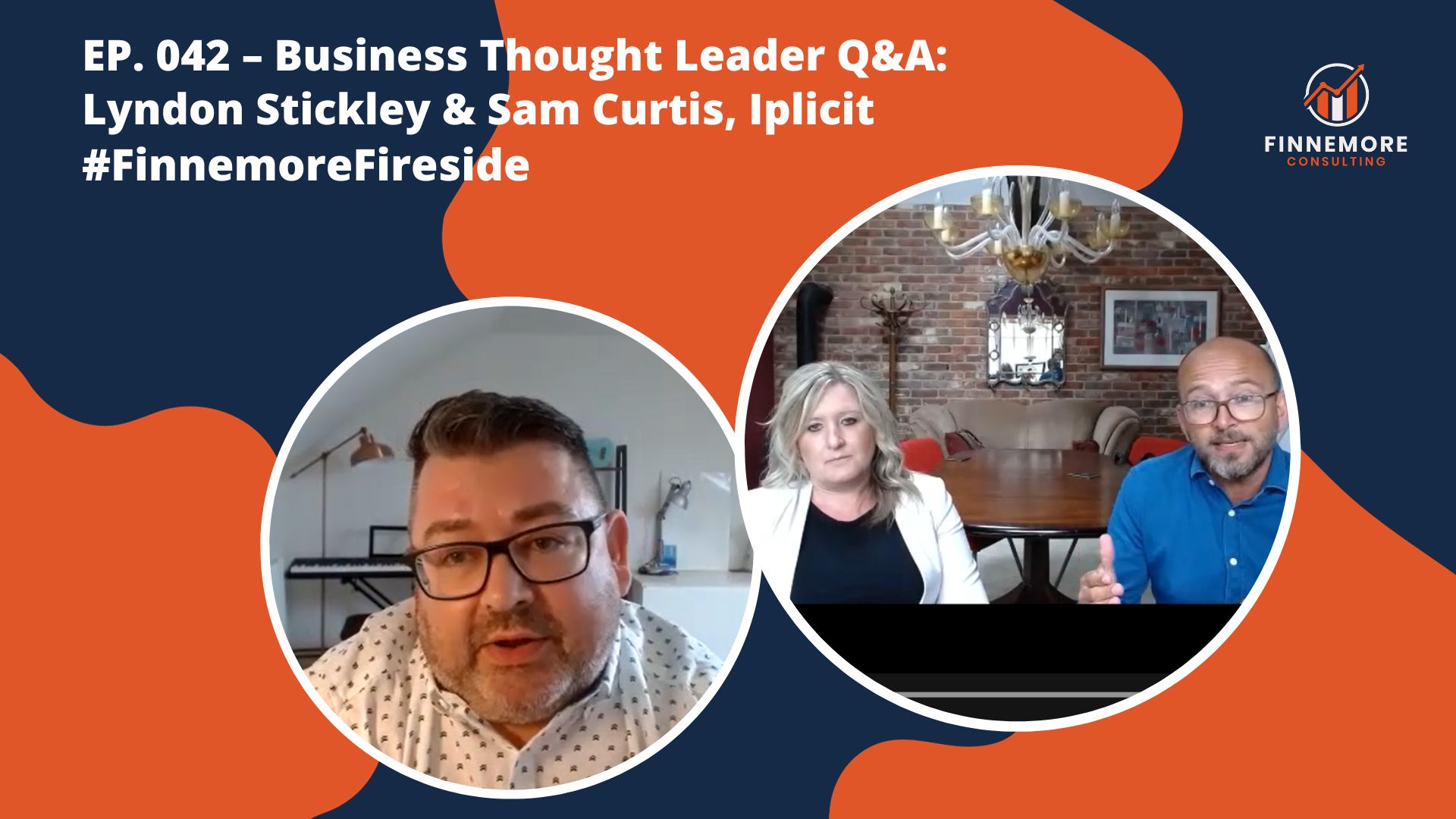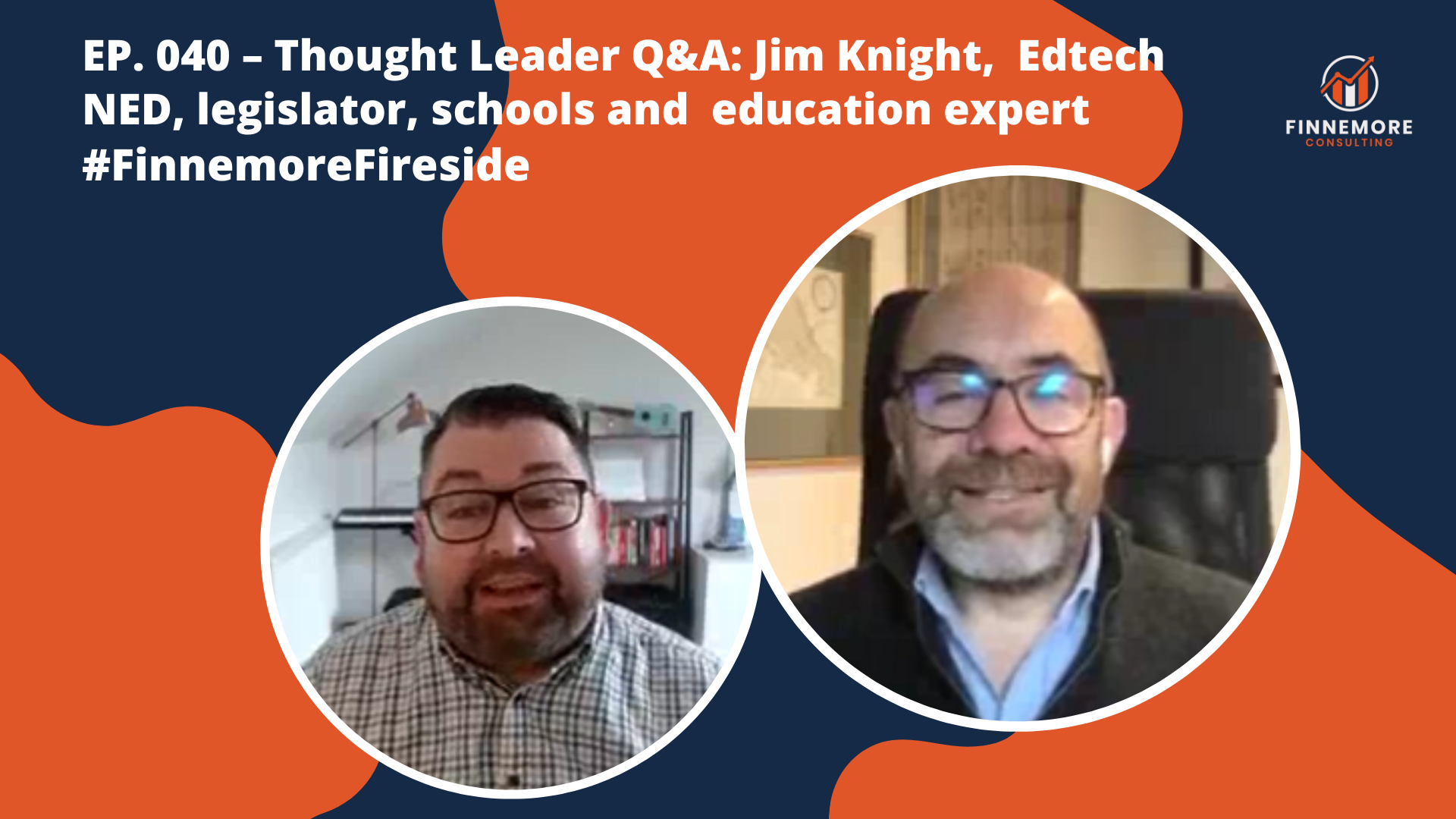Leveraging Customer Testimonials: Your Secret Weapon in Edtech



When you’re reaching out to people in the edtech field, it’s crucial to get your message right. Here’s a straightforward four-step plan to help you write emails and messages that hit the mark:
1. Understand and acknowledge their problems
Start by showing that you get what they’re going through and acknowledge the challenges they face in education or technology. This helps build trust and shows you’re genuinely interested in helping them.
2. Explain how you can help
Next, explain how your Edtech solution can solve their problems. Keep it simple, focus on the benefits, and avoid using technical language that might confuse them. Be clear about how your solution can make their lives easier.
3. Share proof of success
Back up your claims with real evidence. Share stories or data that show how your solution has helped others like them. This helps build credibility and makes your message more convincing.
4. Ask them to take action
Finally, tell them what you want them to do next. Whether it’s trying out your product or scheduling a demo, make it easy for them to take the next step. Be direct and clear about what you’re asking for.
The key is to keep it short, don’t over-explain, and make it about them and not you!

Whether you’re navigating interviews, Q&A sessions, or engaging in conversations with stakeholders, mastering the art of media training can be the key to success as it keeps the focus ON the things you want to talk about and AWAY from those you don’t.
Here are three key tips I learnt in media training to elevate your communication game:
1. Know your North Star
The key to a good Q&A is don’t answer the question you’re asked, answer the question you wish you were asked. If there’s a crucial message you want to get across, that’s your North Star. Practice answering questions that lead you back there.
Then if they keep commenting on something trivial or something you don’t know well, you can bring the conversation back to what matters.
2. Don’t speak for others.
If somebody says “You must be shocked by your competitors’ collapse” don’t take the bait. Instead say you’ll let that person comment on their situation, and then bring the conversation back to your area of focus.
3. Have command of two or three recent statistics that support your perspective.
You don’t need to be a walking encyclopaedia, but a few stats are very compelling. Make sure they are no more than two or three years old, and that you can cite your sources.
What More Can You Do?
While the strategies above are indispensable, there’s always room for refinement. Here are a few additional tips to enhance your performance during Q&A sessions and interviews:
4. Active Listening: Pay close attention to the questions posed to you. Understanding the intent behind each query allows you to tailor your responses more effectively.
5. Authenticity: Stay true to your brand and values. Authenticity resonates with audiences far more than rehearsed or scripted responses.
6. Bridge Techniques: Master the art of bridging—seamlessly transitioning from the question asked to the point you wish to convey. This technique allows you to maintain control over the conversation.
7. Practice, Practice, Practice: Like any skill, effective communication requires practice. Engage in mock interviews, seek feedback, and continuously refine your approach.
By harnessing these insights and refining your communication skills, you’ll be better equipped to give interviews which drive your vision forward with clarity and conviction.
What else would you add? What do you find helps when you’re involved in Q&A sessions or interviews?

Our first #FinnemoreFireside of this academic year is with Lyndon Stickley (CEO) and Sam Curtis (Customer Service Director) from iplicit where they discuss, amongst other things, their company’s growth in the education sector.
iplicit offers a cloud-based finance and management software solution, tailored for frustrated on-premise legacy software users and establishments that have outgrown entry-level software. It’s a really insightful discussion and we cover topics including:
Enjoy!

Management Information Systems are the backbone of educational institutions, helping them to make informed decisions, streamline operations, and enhance overall efficiency. In the past, MIS was primarily about data storage and reporting, but it has since evolved into a multifaceted ecosystem. Today, MIS encompasses a wide array of functions, including student information management, financial administration, communication, parental engagement, analytics, and supporting the school development plan.
Last week, over 250 of you brilliant people participated in our online MIS Discovery Sessions, thank you so much for supporting our events. Everyone from MIS managers and finance officers, to support partners and headteachers attended – there’s just so much interest in what’s possible in the world of MIS right now.
One of the key reasons for MIS’s continuous evolution is its adaptability to changing educational needs. As technology advances and educational methodologies evolve, MIS systems have had to keep pace. This adaptability is essential in helping educational institutions meet the ever-changing demands of students, parents, and regulatory bodies.
The world of MIS is poised for even more exciting developments in the future. With advancements in artificial intelligence, data analytics, and cloud computing, MIS will continue to transform the way educational institutions operate. It will empower educators and leaders to make data-driven decisions, personalize learning experiences, and improve overall educational outcomes.
Nick and I have both worked in this area for over 20 years now and love how it continues to innovate – as it should! If MIS is your thing then you can:
2. Access Discovery Session Recordings: In our recent MIS Discovery Sessions, we had the privilege of hearing from industry leaders Bromcom, Arbor Education, and IRIS Education. These sessions are a treasure trove of knowledge, and you can access the recordings to gain valuable insights into the latest developments in MIS:
IRIS Ed:gen MIS Discovery Session
3. Explore Our #FinnemoreFireside Chats: We’ve had the privilege of sitting down with edtech and MIS thought leaders to discuss the future of MIS in education. These insightful conversations are available on our blog, offering you a chance to hear from experts in the field. Explore our Fireside Chats here.

There’s been a huge amount of change in the school MIS sector in the last 5 years. The make-up of MIS market share is completely turning on its head, and the landscape continues to move towards one where academisation dominates and the number of maintained schools gets smaller each year.
It can feel like a scary time for a lot of teams; over the years some have ceased to exist as they just weren’t sustainable for their local authorities. Others have grown and gotten stronger, sometimes joining up with neighbouring teams or striking out on their own as separate commercial entities. The school support market continues to be an exciting market with lots of opportunities – something many private equity companies can see as they acquire in this sector.
We’re often asked what’s next for support teams, so in this blog, we’ve outlined what to avoid and what to try and focus on instead.
While it may not be possible to make all these changes immediately, it’s worth having a plan for what the edtech and school management landscape might look like in 3-5 years’ time. What will your value and unique offer be as a team? Will your revenue be dependent on certain suppliers and, if so, what are the potential consequences? Owning your own destiny is about ensuring your revenue is not tied to suppliers, but instead to all the value your offer outside of product support.
Being able to achieve revenue from school management suppliers via favourable licence deals, rebates and referral fees has been the traditional model for some time. However, it’s a risky strategy for support teams in the future:
So how will you adapt your team and your business to be a truly agnostic and independent partner to your schools? Here are our ideas:
As a support team, you are still your schools’ no. 1 point of contact for most things and will often have a close relationship with them spanning many years (or even decades!). This is so important to schools; these strong relationships are built on trust and there are many ways you can ensure their best interests are at the centre of what you do:
It’s hard to survive as a team if you only offer IT support, even harder if your support is limited solely to MIS. There are tons of technology-enabled systems and services required by schools and only a fraction of these is usually delivered within an MIS (see below):

Consider:
Support Teams offer so much to schools, academies and Trusts in the way that they help reduce friction for them. You can do everything from uncovering awareness of needs, understanding their portfolio of all solutions and making recommendations and driving usage, to helping the procurement process, supporting transitioning and onboarding, ensuring MATs/schools are getting the greatest value from the solution and supporting schools to hit their climate and net-zero targets.
Owning your own destiny is about ensuring the revenue you generate is in your hands, not the hands of product suppliers. There are tons of brilliant ideas out there which will help make it a possibility; in this blog, we’ve listed just a few but we’re always happy to share best practices so get in touch if you’d like to discuss.

Our final #FinnemoreFireside of this academic year is with Chris Kirk of CJK Associates. Chris’ work is varied and he and his team support the mission of education by providing strategy, business planning, organisation design, operations, procurement and shared service advice to education organisations.
Chris works extensively with multi-academy trusts on vision, strategy, operating models and governance/finance reviews, so our Q&A session focuses on MATs and their needs, and what this means for suppliers – both now and in the future.
It’s a really insightful discussion and we cover topics including:
We’d love to hear your feedback and comments below. Enjoy!


This month sees us publish our 40th #FinnemoreFireside chat and this time we’re delighted to welcome Jim Knight, The Rt Hon Lord Knight of Weymouth on for a Q&A session.
Jim Knight works in education, digital technology and as a legislator. As a UK government minister and MP, Jim’s portfolios included rural affairs, schools, digital and employment. He was a member of Gordon Brown’s Cabinet 2009-2010, before joining the Lords after the 2010 General Election.
Jim is a director of Suklaa Ltd, providing advisory services to UK and international clients working in technology for education and learning, international schooling, and teacher engagement. He’s also currently chair of the board for E-ACT, is on the Nord Anglia Education Advisory Board, on the Global Advisory Council for BETT, and was appointed Chair of the Board at COBIS in November 2022.
In this Q&A Nick and Jim discuss amongst other things:
We’d love to hear your feedback and comments below. Enjoy!

As a sales professional, you may think that if you have a great product, it will sell itself. However, when it comes to selling to schools, this is simply not the case. While having a high-quality product is important, there are other factors that play a crucial role in successfully selling to schools.
Firstly, it’s important to understand that schools have a unique buying process. Unlike other businesses, schools often have to follow strict purchasing procedures that involve multiple stakeholders. This means that even if a teacher, leader or member of the business team is interested in your product, they may not be able to make a decision on their own. In some cases, they may need to get approval from their head/principal, trust or governors.
Secondly, schools have limited budgets. With so many demands on their resources, schools need to prioritize where they allocate their funds. This means that even if your product is valuable and has the potential to improve student outcomes, schools may not have the budget to invest in it. This is where it becomes crucial to demonstrate the ROI of your product, and how it can help schools achieve their goals.
Thirdly, selling to schools requires building relationships. Schools are often hesitant to work with suppliers that they don’t know or trust. This means that building relationships with key decision-makers is essential to successfully sell to schools. This involves more than just attending conferences and networking events, you need to provide valuable content and resources, build community, and stay in touch with potential customers over time.
Finally, it’s important to understand the needs of schools and tailor your messaging accordingly. For example, schools are often looking for solutions that can help them meet their unique challenges, such as improving student engagement or reducing teacher workload. By understanding these needs, you can tailor your messaging and demonstrate how your product can help schools achieve their goals.
So, while having a great product is important, it’s not enough when selling to schools. To be successful, you need to understand the unique buying process, demonstrate the ROI of your product, build relationships, and tailor your messaging to the needs of schools. Do this well to increase your chances of success.
Customer testimonials are one of THE biggest marketing tools you can have in your kitbag when it comes to selling in the education sector as peer-to-peer advocacy is everything.
Here’s why you should ask for them and share them:
1. They build trust.
Testimonials from satisfied customers serve as social proof, building trust and credibility in your brand. Potential customers are more likely to trust the experiences of their peers.
2. They help you win new business.
Positive testimonials showcase your product’s value proposition and demonstrate real-world benefits. They can be powerful tools in persuading potential customers to choose your EdTech solution over competitors.
3. They help you retain customers.
Happy customers are your best advocates. Sharing their positive experiences not only reinforces their loyalty but also encourages retention by highlighting the value your platform delivers.
If you don’t already, start gathering and sharing customer testimonials to increase brand presence and drive growth.
It’s #testimonialtuesday today so why not share one in the comments straight away! 👇